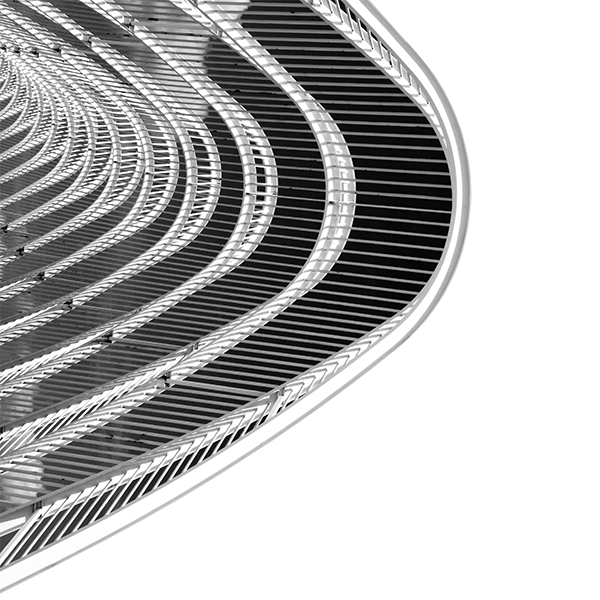Lightning Zoning
By Tim McDonald
Lightning zoning for aircraft involves separating each aircraft outer surface area into a specific category based on its likelihood for lightning attachment, lightning sweep and lightning hang-on. The steps required are detailed in SAE ARP 5414A: Aircraft Zoning. The task is divided into two sections:
- Determination of the initial attachment locations
- Zoning based on the ARP guidance using the attachment locations and the vehicle operating speeds at various altitudes
There are three accepted methods for lightning zoning initial attachment determination:
- Scale model testing – A small model version of the aircraft is taken to a high voltage lab. The model is adjusted to see where lightning arcs are likely to attach
- Rolling sphere analysis – A sphere whose radius is related to the possible peak lightning current is rolled over the aircraft OML to see where an attachment is likely to occur
- Electric field modeling – Using 3D EM simulation, a leader is brought near an aircraft model to see where the E-field is most likely to attach.
Though all three are accepted by standards authorities, E-field modeling has the greatest technical basis. Scale model testing is less than satisfactory as the radius of curvature is known to affect the E-field enhancement near an object. By scaling the dimensions of the model, the radius of curvature is adjusted artificially, skewing the results. The rolling sphere method has a long historical heritage for terrestrial installations. However, it suffers from the fact that there has yet to be a first-principles derivation for its effects from the basic physics involved in lightning attachment.
E-field modeling on the other hand is grounded solidly in lightning attachment physics and does not suffer from the drawbacks of the other two methods. Further, E-field modeling is more than a factor of four less expensive than scale model testing. It is easier to implement than the rolling sphere method.
The most common approach is to use electric field modeling of the outer mold line (OML) and an analysis of the field enhancement with simulated lightning leaders to determine the initial leader attachment. Next, use the initial leader attachments along with the prescriptions of SAE ARP 5414A to create an updated zoning drawing of the aircraft.
EMA® has applied its Finite-Difference Time-Domain (FDTD) solver of Maxwell’s equations (EMA3D®) in the determination of primary attachment regions on air vehicles previously. The approach is to model a lightning leader in proximity to the vehicle with a time-domain buildup of charge for which the simulation can be run to steady-state. At steady-state, the distribution of the surface normal electric field over the vehicle is characterized.
Regions of high electric field become of interest as the potential primary attachment points for the vehicle in the E-field modeling approach. It is possible to take advantage of the time-domain nature of the solution as it approaches steady-state to characterize the rate of increase in electric field (and charge) in the regions of interest. Those areas building to a peak charge most rapidly are considered likely candidates for early streamer formation and as primary attachment locations. An example of the E-field along the length of the aircraft are shown in the picture below:
The EMA3D® Framework can be used to quickly determine the initial attachment points for an aircraft. See a complete demonstration here. Next, these tools allow for the ARP 5414A recipes to be applied to the geometry using EMA3D®. The final result from the software is a 3D model of the aircraft lightning zones by color that can be distributed to the entire team.
If desired, EMA3D® Analysts can do the full zoning for you at a very competitive price.



